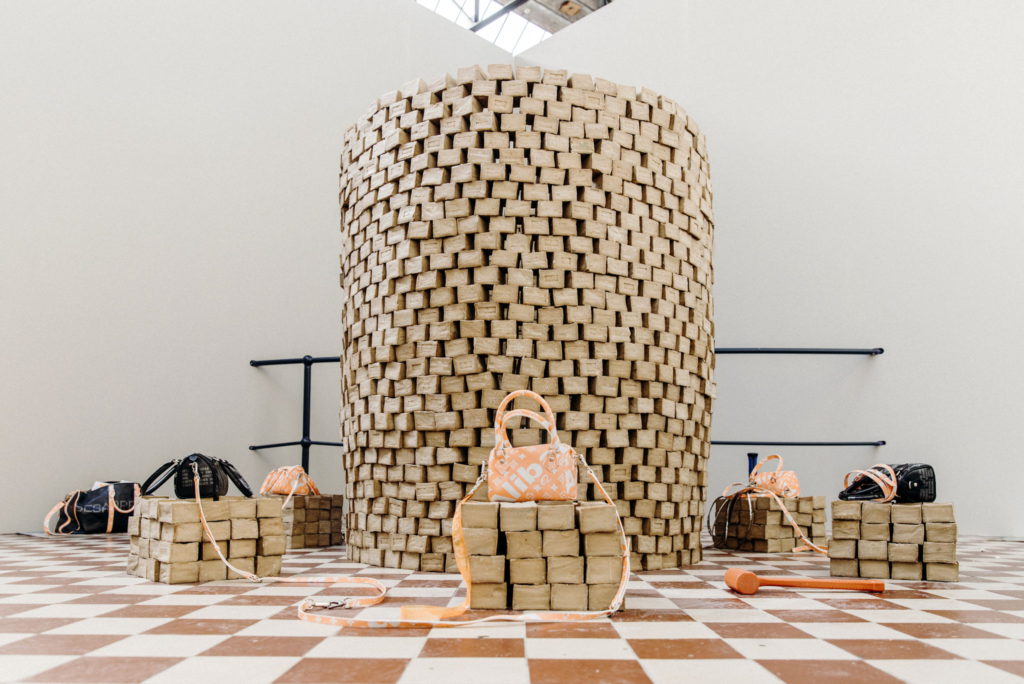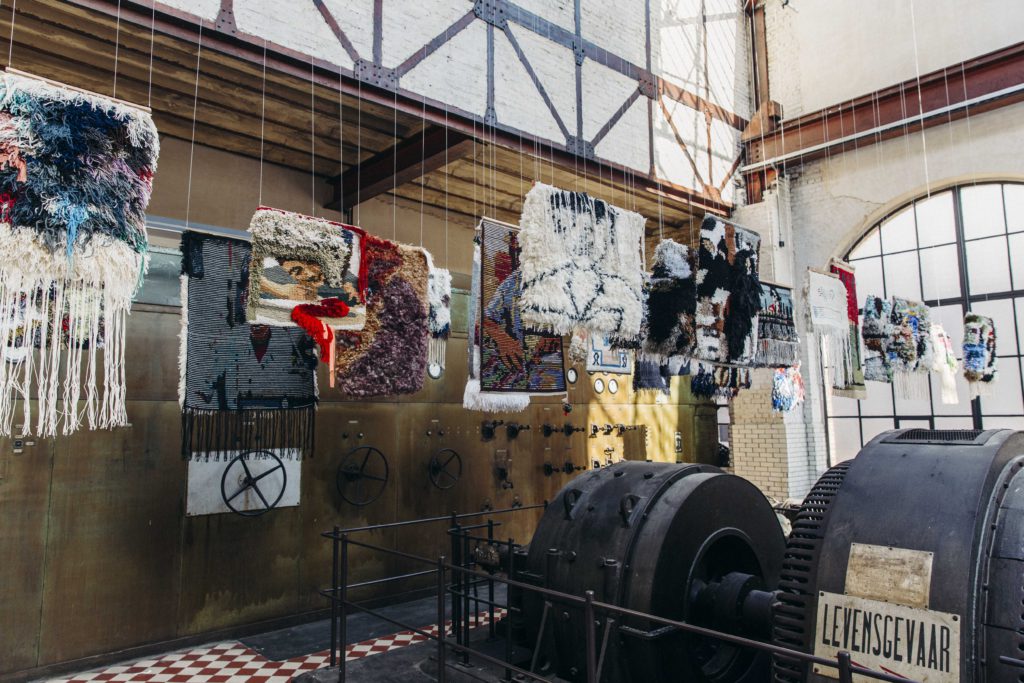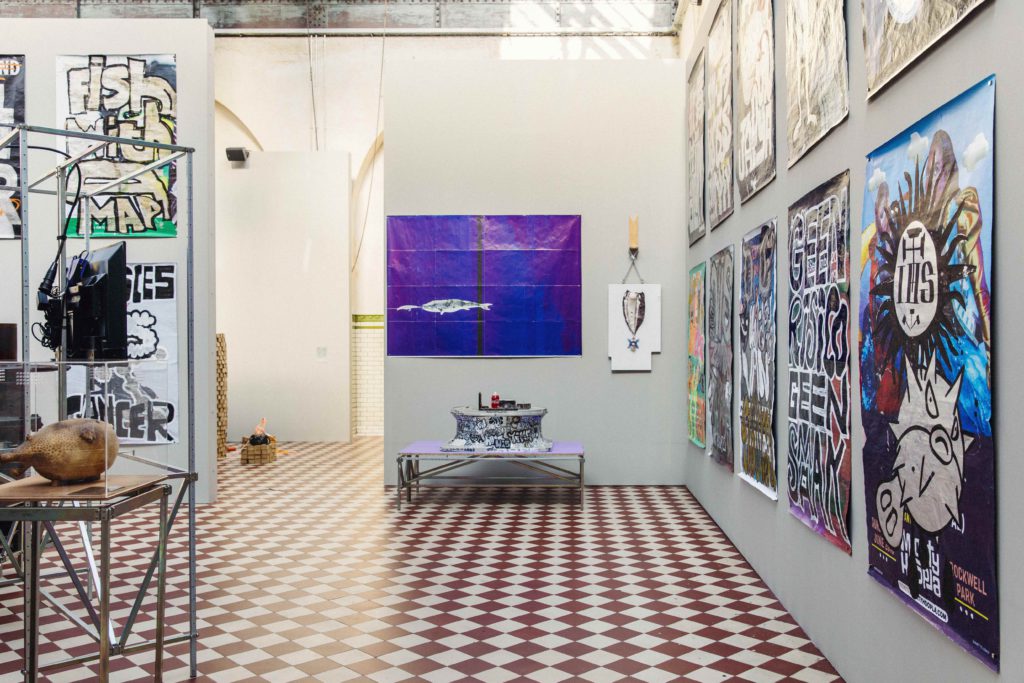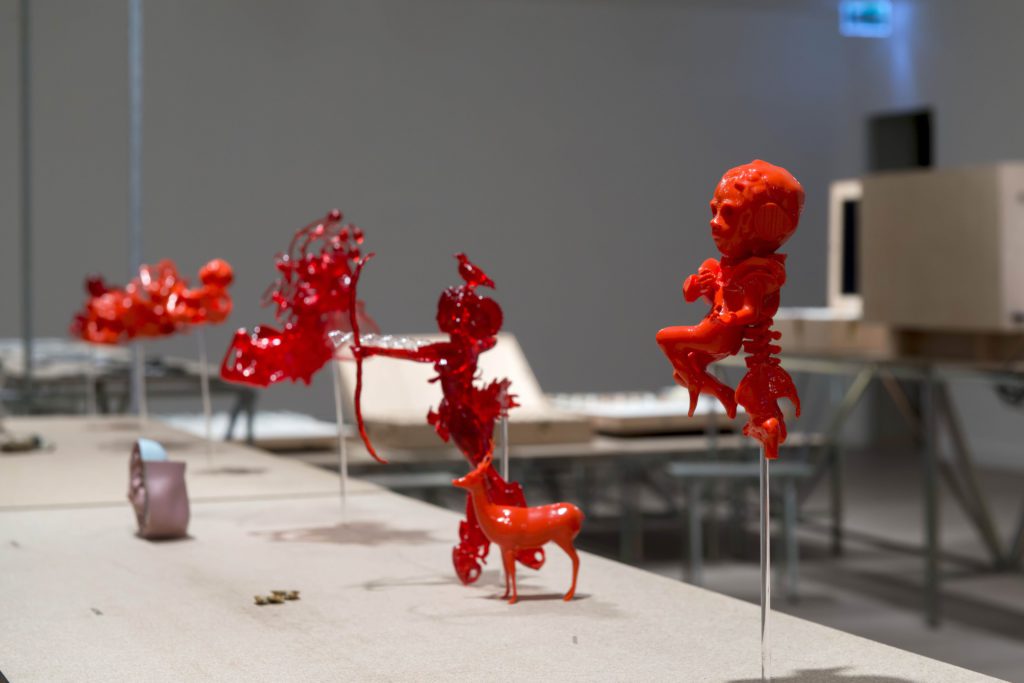A School of Schools: Transcending the Bauhaus

Last year, when we initiated the topic of A School of Schools, it was exactly 99 years ago that the Bauhaus was inaugurated. This ground-breaking German design school actually defined design education around the world. This year, centenary celebrations of the Bauhaus are taking place in nearly every city in Europe. How does A School of Schools contribute to the contemporary dialogue about the Bauhaus?
A School of Schools is not about the Bauhaus and its legacy, but about the type of design and education that we need to transcend it. Our current economic and technological situation is completely different from 100 years ago, yet when considering the majority of architecture portfolios, it turns out that design and art students are still using the same strategies and so-called solutions to respond to the same problems. These approaches have become commodified, bureaucratised and universalised to keep the world unaltered, blocking any real cultural, social or political innovation.
Why was it so significant that this global design hegemony was initially questioned outside of the European centre, in Turkey?
The country finds itself in a precarious political situation, which gave the question a sense of urgency. People felt isolated and wanted to connect. The open call and the collaborations facilitated people to work across their disciplines and national borders, thus creating new opportunities. The exhibition as a school became a space of exception, where the rules could be temporarily suspended and explored. Yet, we were always very aware of how fragile everything was, as if it could collapse at any moment. At the same time, over the year that we worked there, it became another normal for us. This made me aware of how precarious the democracy and economic stability is that we take for granted in Europe.
Exhibitions are as much about their context as about their content. What did you notice about A School of Schools while installing it in Genk?
It’s funny how the exhibition had seemed to be very global when we installed it in Istanbul. Now in Genk, it became a lot more about Istanbul and Turkey. There are a lot more projects about Turkey than any other country, of course, but it is also reflected in the issues we focused on and decisions we made as curators. This shows, for example, how the meaning of some of the projects shifts. Besides showing how design has changed, the exhibition also becomes an opportunity for people to learn something about Turkey in a different way—stories and narratives about Syria, labour, the Fugu fish, and much more, which you will never find on Google.

Can you give an example of how the meaning shifts in one project?
The installation by Mark Henning, A Body of Trust, considers how we quantify and universalise trust through a variety of measures and in particular through different types of bodies. Showing it in Istanbul, the Eurocentric standards of our global technologies were starkly different from the surroundings, which made it absurd. Showing it in Europe, the difference is less stark, and a different kind of criticality emerges when the standards prove to be just as arbitrary here.
Design as a critical comment is one the emerging fields in design that we noticed when browsing through the over 750 submissions which came in as a response to the biennial’s open call. Although design education has not changed much since the Bauhaus, how has design itself changed?
Rather than just heading straight towards an obvious pragmatic solution, a number of other design strategies are emerging. For instance, designing a critical object as a tool to initiate a political and provocative conversation that reflects on our responsibility in the built and designed environment. Designing a probe or prototype to speculate on what it really means to be posthuman, and what the possible scenarios and implications of the future might be, rather than being dictated by the market, is another emerging approach to design. More and more however, we are starting to understand objects as nodes of systems and relations, and so another approach to design focuses on connecting and disconnecting people and things.

How we connect, relate and work together has changed radically since the Bauhaus. Not only in the scope and reach of curating the biennial across multiple platforms, locations and media, but in almost every project we saw large numbers of people working together. This is a far cry from the lone author designer of the Bauhaus.
Yes, it was very rewarding to see the scale of collaboration, especially because collaboration is often slow and risky. By making the biennial a space of exception, not concerned with final products and the market, we opened the opportunity for people to experiment and play. What we see on display is a lot of stills with ongoing dynamic processes, rather than products in themselves. By offering these glimpses into the process, we emphasise design itself as a means of unlearning assumptions and exploring unchartered knowledge. Deauthoring design makes it transparent, not opaque, and a basic skill accessible to everyone in questioning and improving their world. One of the best examples of this is the project of Nur Horsanali, who created a very detailed survey and taxonomy of the type of make-do citizen design that is visible everywhere on Istanbul’s streets. The seriousness with which she approached the project valorises these designs and designers. It is also instructive to see how many different ways there are to, for instance, make a stool from rubbish you find on the street. This multiplicity of solutions is what we need now—relying on one universal system or solution is what is creating the scales of excess that are destroying the environment.
That was one of the biennial’s key projects, and one of the first we selected. It was also emblematic of the exhibition’s intention to activate doubt and self-agency in visitors. We asked if the education system we need now is an attitude of doubt and willingness to find out, and also used this as a guide to install the works. What is the significance of doubt in curating?
It was when I curated the Ljubljana Biennial in 2014, that I first became aware of the power of doubt. The biennal was completely focused on collaboration, with a number of teams each working on projects. What I noticed about the successful projects was that there was actually a lot more uncertainty involved in the conditions and process. Even in my own communications while curating over the years, I have noticed that if I write a sentence that is not well-formulated and provokes doubt, people actually start to think for themselves and become more creative. So, there is an opportunity in the gaps, misunderstandings, ambiguities and doubts in our conversations, because that is when our imagination kicks in to make sense of it. This is a very interesting curatorial strategy to me: to make participatory exhibitions that show visitors that something is uncertain, not finished, open, irrational, non-linear and even random. Sometimes it looks messy and dirty, but it evokes creativity, in the true sense of the word, in the exhibition visitors themselves, who have to interpret and complete the work in their own way.

In this way visitors are not just passive consumers, but active co-creators in the exhibition. This, along with the critical, relational and speculative design strategies, as well as deauthoring and so on, everything points towards design as an attitude rather than a market-dependant commodity. What is the significance of showing this exhibition at C-mine?
C-mine is emblematic of how the creative industries have changed over the course of modernity. Originally it was a coal mine, which although typically seen as an extractive enterprise, was also a site of creativity because of the site-specific engineering involved. The organisation itself was very top-down and paternalistic, and relied on migrant labour from Turkey, Italy, Spain, Greece and Eastern Europe. This cultural diversity was an opportunity for ideas to be exchanged. Later, when the coal resources ran out, C-mine found a second life buoyed by Richard Florida’s ideas about the creative industries as an urban regeneration tool. Here, creativity became service-oriented with smaller, self-managed businesses, and ideas exchanged through technology. A School of Schools is facilitating the exchange of ideas between Istanbul and Genk in a different way, and offers a glimpse into the undefined future, and how we may go about co-creating it.
